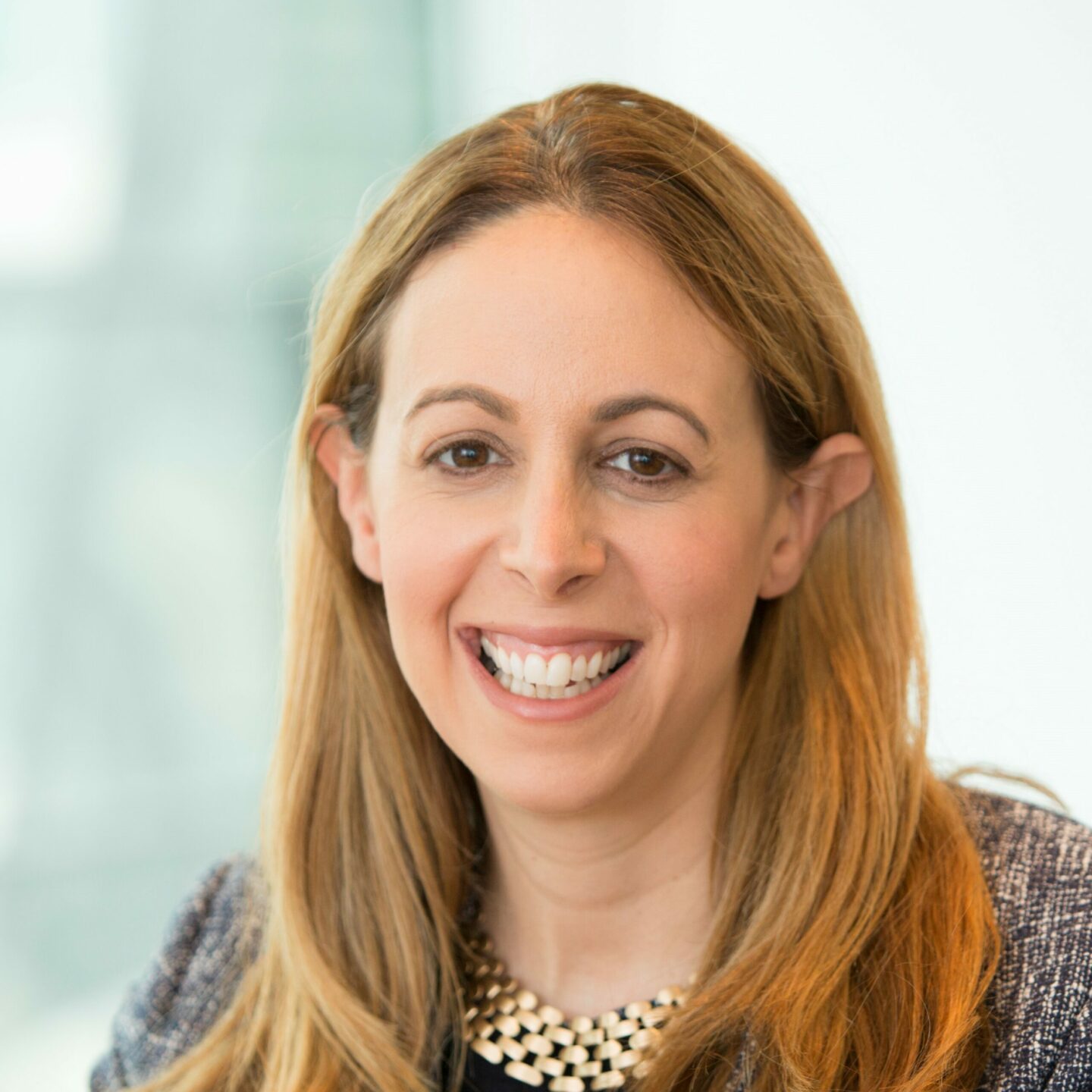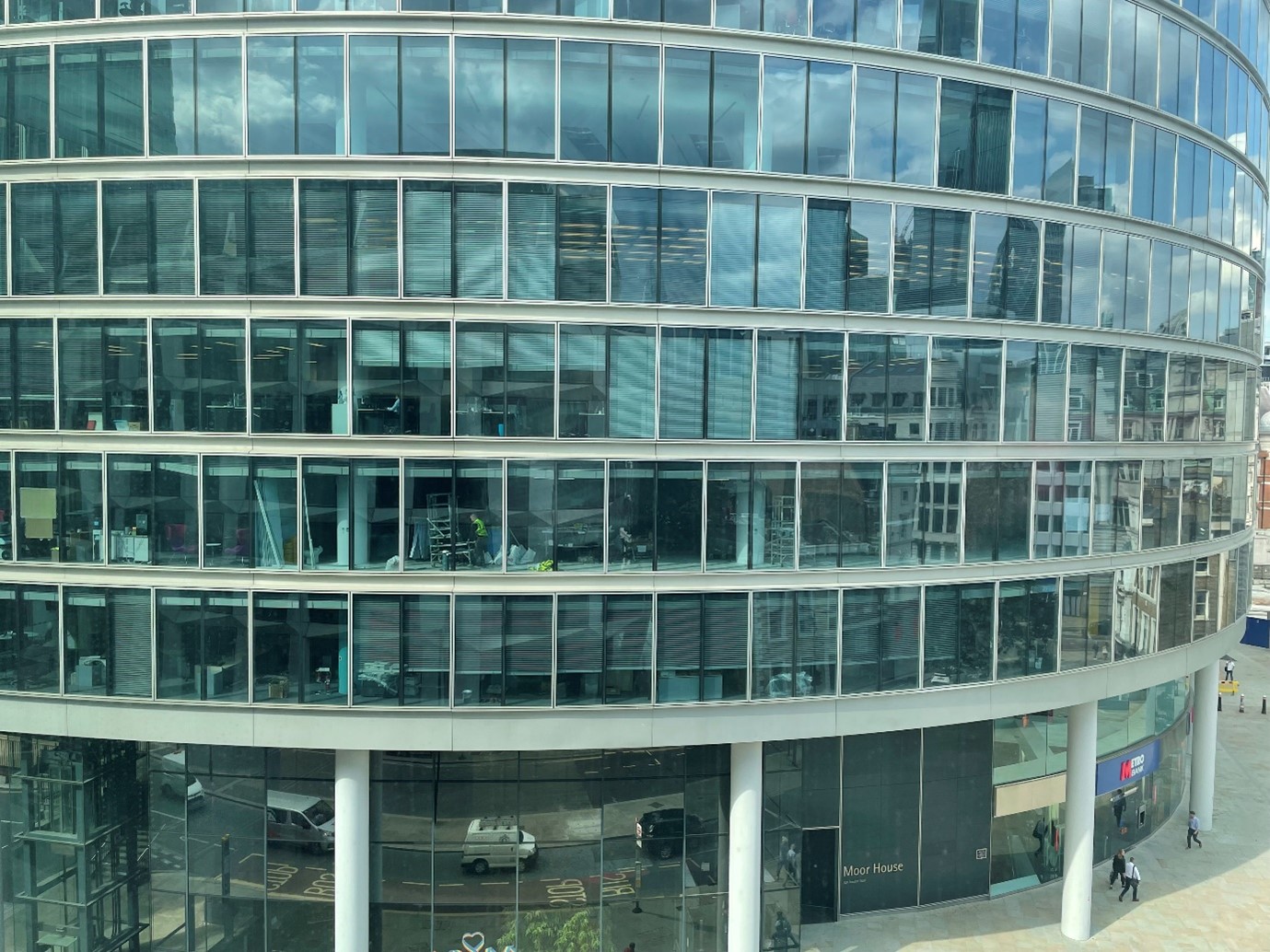
In the latest in our series, Portfolio Adviser hears from Legal & General Investment Management (LGIM) head of retail Honor Solomon (pictured right)
Which particular asset classes and strategies do you anticipate your intermediary clients focusing on over the second half of the year and into 2022?
Over the last six months, we have seen strong flows into our multi-asset funds – be that multi-index or multi-asset target return strategies as well as our thematic exchange-traded fund (ETF) range. Our ETF business has been a standout in terms of flows in the UK and Europe and LGIM was named the fastest growing ‘top 20’ ETF provider in 2020 (according to ETFGI data), with significant flows continuing in the first half of 2021.
Despite wider market uncertainty and some industry headwinds, the LGIM retail business has seen strong flows up on the previous year, ranking second in the industry for both net (£1.2bn) and gross (£4.2bn) sales in the latest Pridham report.
We have also launched our model portfolio service proposition in June, which is competitively priced with an annual management charge starting at six basis points. We would expect continued intermediary flows into our multi-asset propositions, thematic ETFs and ESG index ranges during the second half of the year and into 2022, but we are also building our presence in active fixed income and equity strategies.
Should end-investors – and, by association, asset managers – be thinking beyond equity and bond investments? Towards what sort of areas?
Diversification is key. For-end investors, it does depend on their risk appetite but having a good mixture of asset classes is healthy, so as to spread risk effectively. Equities and bonds will always make up a large proportion of portfolios, so it is important to reduce concentration risk by not having lots of investments with similar underlying securities, but also to consider alternatives, such as property and infrastructure, so as to diversify your investments.
For asset managers, it is slightly different. For our part, LGIM has scale and a breadth of expertise across asset classes so we have been able to diversify our offering to clients from complex index, ETFs and ESG tilted funds to active strategies and multi-asset. While we are seeing increasing consolidation in the industry, we do recognise there is also a space for specialist boutiques.
Given client and regulatory pressure on fees and charges, how is your business delivering value for money to intermediaries and end-clients?
We know how tough it has been for savers during the pandemic and that is why we have been working hard to ensure our funds deliver value for money to our clients – be they intermediaries or end-investors. This year, we assessed a total of 80 funds, with 75 of them delivering the value.
We have also improved the way in which we produced this years’ annual report and how we present our findings. The strength of our board, of which I am a part, with three independent directors, ensures the funds our clients invest in are managed in line with their best interests at heart. This is both by working with, and constructively challenging, LGIM’s management teams.
“We work hard to ensure our products are accessible for whatever ‘shade of green’ investors need”
How much of your distribution is currently oriented towards ESG issues and sustainable investing? How do you see this evolving over the next 18 months?
In the year of COP26, arguably the most important climate conference in human history, ESG is now almost always part of our client conversations across the intermediary spectrum. As with risk appetite, however, we recognise that different clients want varying levels of ESG integration – and some want none at all. We work hard to ensure our products are accessible for whatever ‘shade of green’ investors need and have developed our range of funds to cater for that.
During the first half of this year, $184bn (£134bn) was invested into sustainable funds and it has become abundantly clear from our interactions with clients that the move to ESG investments is a long-term one. Luckily, it is a trend we are well positioned for. LGIM has a long history and credentials in responsible investing, publishing reports on our investment stewardship engagement for more than a decade – something that has only been made compulsory for the industry by regulators this year.
We believe environmental, social and governance factors – such as climate change, social inequality and executive pay – are financially material. Responsible investing is essential to mitigating risks, unearthing investment opportunities and, ultimately, strengthening long-term returns for clients.
In what ways do you think the experience of the last 18 months has permanently affected or changed the asset management sector?
The pandemic has changed the way we work – how we interact with our clients and also how we engage effectively. While we have been able to embrace new technologies and do more meetings than ever before ‘virtually’, sometimes there is no replacement for going to see our clients in person, shaking their hand and having lunch, drinks and a catch-up.
How do you plan to balance face-to-face and virtual distribution? Have you identified aspects where one is especially better (or worse) than the other?
While we have missed the face to face meetings, we have also learned how helpful it is to do more regular catch-ups even if we cannot be there physically. There is an element of video-conferencing fatigue for some so a mixture of both with be healthy and we will likely continue to embrace both methods of working. A hybrid model should be the most effective way of maintaining our strong client relationships.
“Much of any ‘new normal’ is about confidence. No leader wants team members to feel uncomfortable”
What are you expecting from ‘the new normal’?
 As I look outside (see photo, right, taken five minutes ago), the emptiness of the City remains breath-taking. Much of any ‘new normal’ and office return is about confidence and no leader wants their team member to feel uncomfortable. Therefore, I see a key priority for the ‘new norm’ being clear guidance and perhaps a more formalised structure across London about what that ‘new norm’ should look like. More than anything though, I feel excited about this new way of hybrid working – the balance it will provide for all of us working with our clients face-to-face, with our colleagues in the office and the flexibility now provided working from home. It means we are able find the right fit for being in the location that makes the most logical sense for what we are each working on.
As I look outside (see photo, right, taken five minutes ago), the emptiness of the City remains breath-taking. Much of any ‘new normal’ and office return is about confidence and no leader wants their team member to feel uncomfortable. Therefore, I see a key priority for the ‘new norm’ being clear guidance and perhaps a more formalised structure across London about what that ‘new norm’ should look like. More than anything though, I feel excited about this new way of hybrid working – the balance it will provide for all of us working with our clients face-to-face, with our colleagues in the office and the flexibility now provided working from home. It means we are able find the right fit for being in the location that makes the most logical sense for what we are each working on.
Are you hoping to manage a staycation or to get abroad this summer? Either way, what’s the plan?
Getting away, whether here or abroad, is always a key priority for us as a family – and a break from my other job of taxi-driver, cook, PA and cleaner at home! We were due to visit my brother and family in the US – it has been 18 months since I have seen my lovely nieces – but sadly UK-to-US travel is still not seeming possible. We are hoping to get to Spain now, but everything is so changeable at the moment it may mean we only know if it is actually happening the night before …









